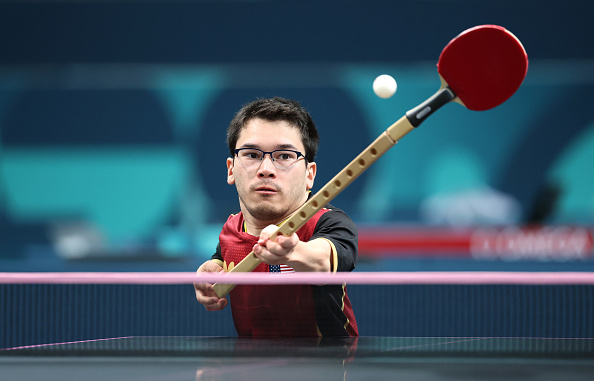In the Paralympic Games, classifications are used to ensure fair competition between athletes with different types of impairments.
Before competing, athletes are assessed by a panel of experts to determine their level of impairment and their sport-specific classification. Each sport has its own classification system, which helps match athletes with similar functional abilities.
Classifications often start with a letter that represents the sport, followed by a number that indicates the level of impairment. For example, in Table Tennis, “TT” represents the sport, and the number shows the severity of the impairment. Sometimes, instead of numbers, classifications use words or terms, like in Tennis, where “Open” is for athletes with lower limb impairments and “Quad” is for those with impairments in both the lower limbs and upper body.
Some sports use other letters for categories, such as Wheelchair Fencing, which has categories A and B. This system makes sure all athletes compete against others with similar abilities, allowing for fair and balanced competition in every sport.













OMG! that is sooooo amazing😝 and I love her music A LOT
I love ‘Espresso”
omg sabrina carpenter is so good! really happy for her
I love Sabrina’s songs! ❤
Omg congrats Sabrina you have well earnt this achievement <3
Sabrina is amazing 🤩 I love all her music 🎧
thats that me esspreso
I love Sabrina carpenter
SHE IS AMAZING!
She deserved this,
BTW my fav song is Taste!
Anyone here a huge Sabrina Carpenter fan too?